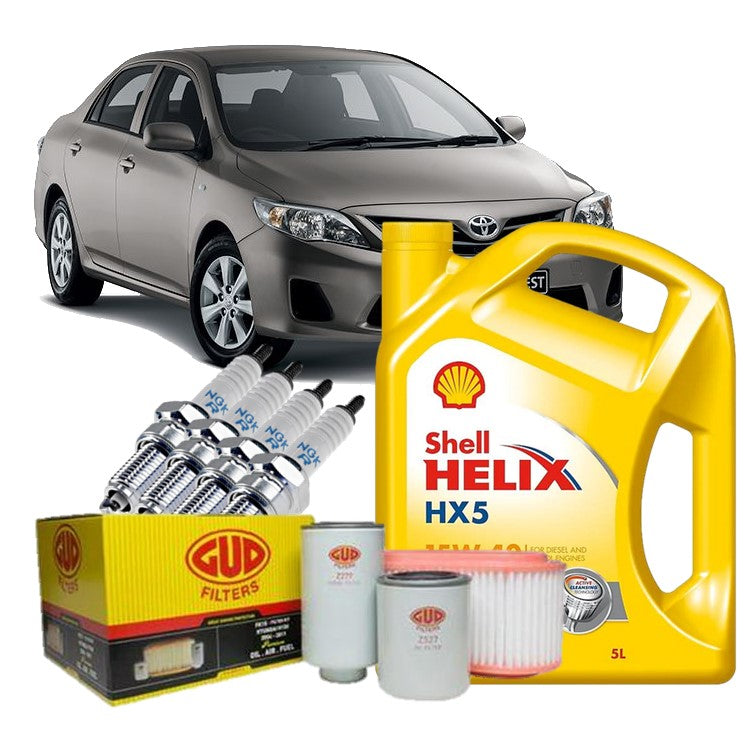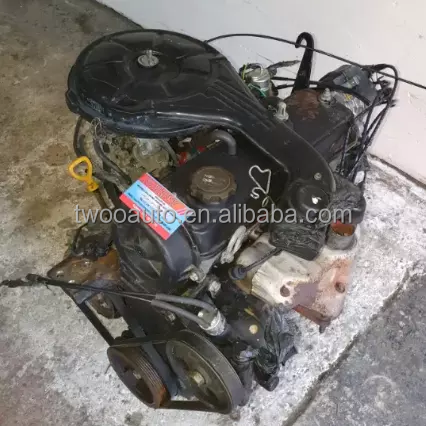Toyota Tazz: Why It Continues to Be a Trusted Vehicle for Daily Commuting
Toyota Tazz: Why It Continues to Be a Trusted Vehicle for Daily Commuting
Blog Article
Discover the most recent Patterns in Engine Innovation Via Tazz
In the swiftly developing landscape of vehicle modern technology, Tazz stands at the forefront, highlighting significant developments in engine systems that prioritize both advancement and sustainability. tazz. From crossbreed engines that maximize gas performance to the emergence of hydrogen fuel cells, the trends shaping modern powertrains are not only enhancing performance but also attending to crucial environmental challenges. As the sector continues to push limits, it is important to consider how these developments will affect future transport remedies and the more comprehensive effects for worldwide energy usage. What lies ahead in this pivotal transformation?
Hybrid Engine Innovations
Hybrid engine technologies stand for a critical change in vehicle innovation, incorporating the benefits of internal combustion engines with electrical propulsion systems. This assimilation not only boosts fuel performance however also minimizes emissions, meeting increasingly rigorous environmental laws. By using both power sources, hybrid engines can maximize performance, supplying power when needed while saving fuel during much less demanding motoring problems.
Recent advancements in crossbreed technology include renovations in battery efficiency and regenerative stopping systems. These innovations enable better energy healing throughout deceleration, which can be rerouted to aid in acceleration or power auxiliary systems. Producers are concentrating on light-weight materials and small styles to take full advantage of the performance of crossbreed powertrains.
The development of plug-in hybrids has likewise increased the marketplace, making it possible for drivers to charge their cars utilizing common electric outlets. This attribute often allows for significant all-electric range, additional reducing reliance on conventional fuels. tazz. As the automobile industry remains to advance, hybrid engine modern technologies are anticipated to play an essential duty in bridging the void in between standard vehicles and completely electrical models, supplying a transitional solution that accommodates diverse customer requirements and preferences
Developments in Electric Powertrains
The vehicle landscape is quickly progressing, with electric powertrains arising as a leading force in lasting transport. Breakthroughs in electric car (EV) technology are significantly improving efficiency, customer, and performance experience. Secret developments include enhancements in battery chemistry, which have actually enhanced energy density, minimized charging times, and extended total battery life.
Solid-state batteries, as an example, assure to change the marketplace by offering greater safety and performance contrasted to traditional lithium-ion cells. Moreover, advancements in regenerative stopping systems are enabling automobiles to recuperate power throughout slowdown, adding to total performance.
In addition to battery modern technology, electrical motor styles are becoming more advanced. Developments such as incorporated motors and advanced thermal administration systems are aiding to optimize power distribution and reduce weight, inevitably boosting automobile dynamics.

Collectively, these advancements underscore the commitment to shift in the direction of cleaner, much more efficient transport services, placing electric powertrains at the center of auto technology.
The Increase of Hydrogen Fuel Cells
Significantly, hydrogen gas cells are gaining grip as a feasible option to standard interior burning engines and battery electrical vehicles. This technology uses the chemical power stored in hydrogen, converting it right into electricity via an electrochemical reaction with oxygen. The main result of this process is water, making hydrogen fuel cells an eco-friendly why not try these out choice with zero exhausts at the tailpipe.

Car manufacturers are significantly buying hydrogen fuel cell modern technology, recognizing its capacity for long-range applications and quick refueling capabilities that rival traditional gas. Furthermore, fields such as sturdy transportation and public transportation are particularly well-suited for hydrogen fuel cells, where battery electric services may fail because of weight and array constraints.
As study and financial investment remain to increase, hydrogen fuel cells are poised to play a considerable function in the future landscape of clean transportation and energy services.
Enhancements in Internal Combustion Engines
Developments in internal burning engine (ICE) innovation are transforming traditional lorries to satisfy modern ecological criteria and performance expectations. Straight fuel shot, for instance, permits for much better atomization of fuel, leading to even more complete burning and improved power result.
Furthermore, turbocharging has actually gotten prominence, permitting smaller engines to supply higher efficiency without the weight of larger engines - tazz. This modern technology not only enhances effectiveness however likewise adds to decrease fuel intake. Variable valve timing systems are likewise being refined, allowing engines to adapt to different driving problems for enhanced over here torque and responsiveness
In addition, using lightweight products in engine building is becoming common, further improving gas efficiency by minimizing overall car weight. Engine control devices (ECUs) are increasingly advanced, enabling real-time modifications that maximize performance and emissions.
These improvements jointly signify a critical change in ICE modern technology, aligning with worldwide sustainability objectives while still providing the performance vehicle drivers anticipate from their cars. As the market advances, these improvements continue to shape the future of conventional vehicle design.
Future Fads in Engine Efficiency
Significant developments in engine effectiveness are prepared for as manufacturers focus on integrating advanced innovations to satisfy rigid ecological laws and customer needs. The change in the direction of electrification, crossbreed systems, and alternate fuels is improving the auto landscape, driving technologies that boost gas economy and reduce exhausts.
Among the vital fads is the execution of sophisticated materials and producing techniques. High-strength alloys and lightweight compounds add to minimized automobile weight, therefore improving overall performance. In addition, the fostering of turbocharging and variable valve timing technologies enables boosted power result from smaller sized engines, even more enhancing gas economic situation.

Conclusion
Finally, the exploration of engine modern technology exposes considerable advancements that prioritize sustainability and efficiency. Innovations in crossbreed engine systems, electrical powertrains, and hydrogen fuel cells show a dedication to minimizing discharges while enhancing performance. Improvements in interior burning engines and an emphasis on lightweight materials add to total engine performance. As the auto industry continues to advance, these trends will play a critical role in shaping a cleaner and more lasting future for transport.
From hybrid engines that optimize fuel efficiency to the development of hydrogen fuel cells, the trends shaping contemporary powertrains are not only improving performance however likewise attending to important ecological obstacles.Crossbreed engine advancements stand for an essential change in vehicle innovation, incorporating the benefits of internal combustion engines with electric propulsion systems.In addition, turbocharging has actually obtained importance, enabling smaller engines to provide higher performance without the weight of bigger engines. In addition, the fostering of turbocharging and variable valve timing innovations enables for enhanced power output from smaller sized engines, better improving fuel economy.
Improvements in inner combustion engines and a focus on light-weight products contribute to total engine effectiveness.
Report this page